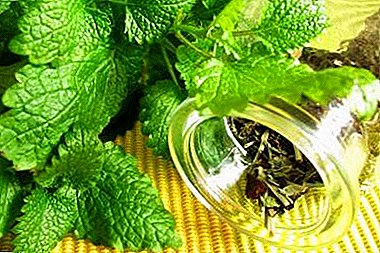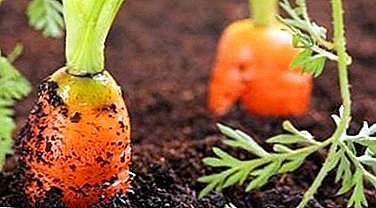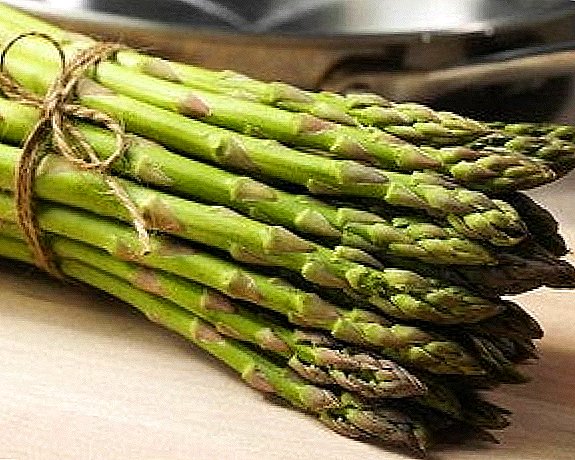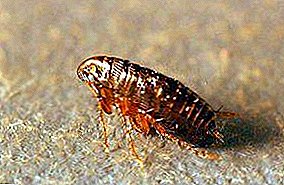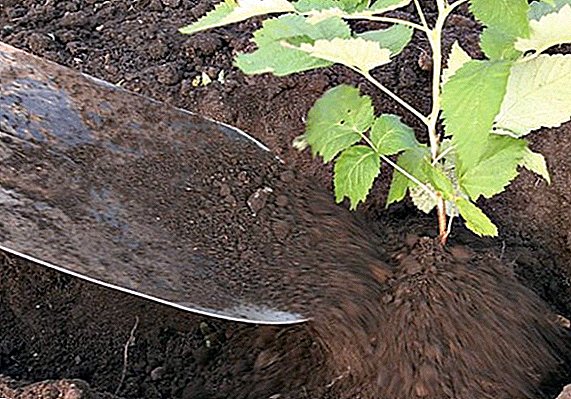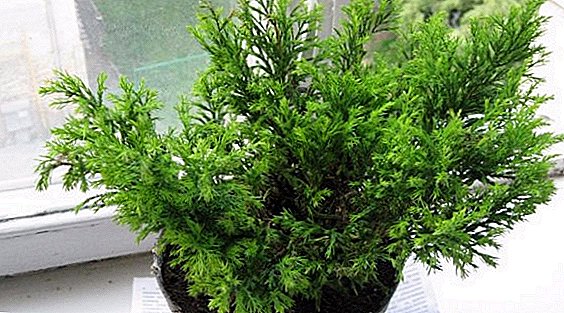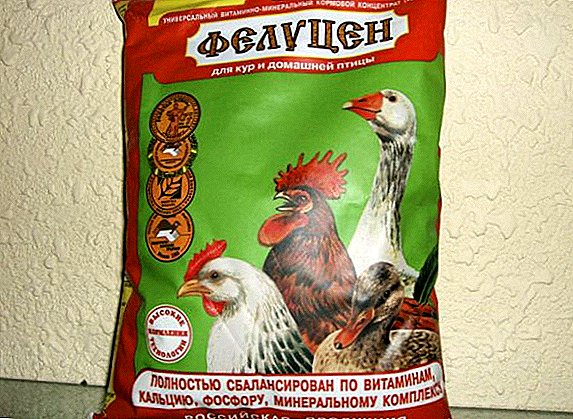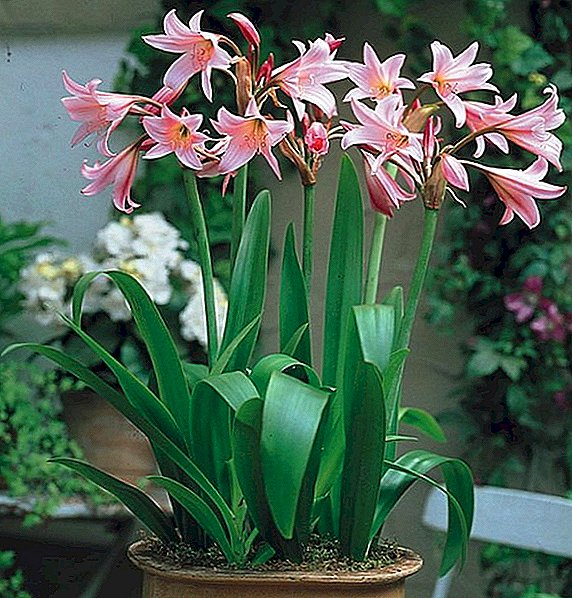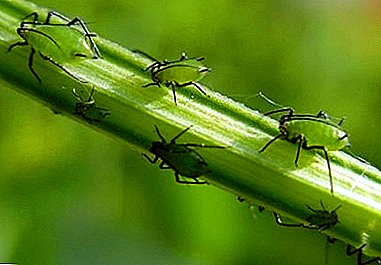
Aphids are small, almost imperceptible insects that can cause irreparable harm to home and garden plants. They have a soft, egg-shaped body and a varied color. In length do not grow more than 4-5 millimeters.
Aphids are a real disaster for professional farmers and amateur gardeners. This pest does not spare neither garden, nor garden, nor houseplants. The insect itself is tiny and soft-bodied, but its gluttony and fecundity endanger the health of crops and the future harvest. What does this parasite feed on?
What is necessary for reproduction and life?
Aphid can survive in almost any conditions.. But the ideal factors for reproduction and the life of a pest are heat and dryness. The optimal temperature for active life of aphids - 25-30 degrees of heat.
Favorable conditions for survival
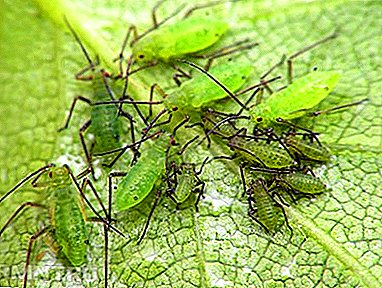 Aphids do not like drafts and well-ventilated rooms, greenhouses. And, on the contrary, she feels great in warm and stuffy rooms, where she can eat the sap of home flowers all year round.
Aphids do not like drafts and well-ventilated rooms, greenhouses. And, on the contrary, she feels great in warm and stuffy rooms, where she can eat the sap of home flowers all year round.- Hot summer months - the peak of aphid activity in the open air. At this time, the parasite attacks many garden and vegetable crops.
- The process of breeding aphids is reduced and almost stops during prolonged rainy weather.
- Sudden temperature fluctuations contribute to the reduction of the insect population.
- Frosty winter leads to the death of aphids, if the parasite did not find in advance a place for wintering.
Aphid is distinguished by survival: even in extreme conditions, female aphids lay eggswho survive the winter and wait for good weather. The larvae may overwinter on the plot in compost heaps, in organic residues, in the ground.
Diet
It is curious to know what the type and object of the pest is. Aphid loves plant sap most of all, and there is young growth in her diet. To get to the desired drink, the insect connects its proboscis to the system of vegetable fibers through which the juice moves through the tissues.
To achieve their goal, some species of aphids pierce the external tissue of the plant and inject the fluid that their glands produce.
This liquid in plant tissues hardens, and the insect uses it to search for channels with juice. Aphids also feed on plant cells by punching their walls or pushing the cells apart.
What is preferred?
Different species of this insect have different preferences in choosing a part of the plant for food. In most cases, this leaves (especially their lower part), stem and roots. The stems of young shoots, as well as flower buds, can also be part of the normal diet of the parasite. Aphid able to eat completely young sprout.
What cultures?
| Room | Flowers | Horticultural crops | Vegetable |
| The diet includes a large number of indoor plants (rubber plants, violets and others). | Among the flowers, the parasite most often attacks:
|
| Aphids will look at vegetable and greenhouse beds with pleasure. First place in its favorites is cucumbers. Insect also affects:
Among the melon crops in the first place is melon and watermelon. |
For food, the pest most often chooses immature plants.. Improper watering or over-feeding can lead to a weakening of the protective properties of the culture: aphids in this case will take advantage of reduced immunity and attack the plant.
What eats in nature?
Aphids are almost omnivorous insects, but to a greater extent they are attracted to young parts of plants.
Gentle leaves and stems - easy prey for the voracious parasite. Having chosen for themselves planting with young trees, the aphid successfully ate their juice. Amino acids and nitrogen contained in the young green mass are a delicacy for the insect.
What does not eat?
 There are some indoor and garden plants, which aphid bypasses. These include:
There are some indoor and garden plants, which aphid bypasses. These include:
- all kinds of cacti;
- Succulents - plants that store moisture in the stems and leaves (aloe, Haworthia, agave, sweetie or money tree);
- all types of bromeliads (bromeliad, ehmeya, guzmaniya).
Lavender will not only not like the green tle, but will not allow her to settle on the neighboring flowers. If you sow mint and marigolds around the garden plot, it will scare away the aphids and the insect will gradually leave the territory on its own. Thyme protect legumes from black aphids. Aphids dislike cilantro, basil, fennel and garlic.
So, aphid is a very small insect with a huge appetite. In a short time, this prolific pest causes enormous damage to plants and crops. But having familiarized with features of food of an aphid and its diet, it will be easier to protect a garden, a kitchen garden and house flowers.


 Aphids do not like drafts and well-ventilated rooms, greenhouses. And, on the contrary, she feels great in warm and stuffy rooms, where she can eat the sap of home flowers all year round.
Aphids do not like drafts and well-ventilated rooms, greenhouses. And, on the contrary, she feels great in warm and stuffy rooms, where she can eat the sap of home flowers all year round.